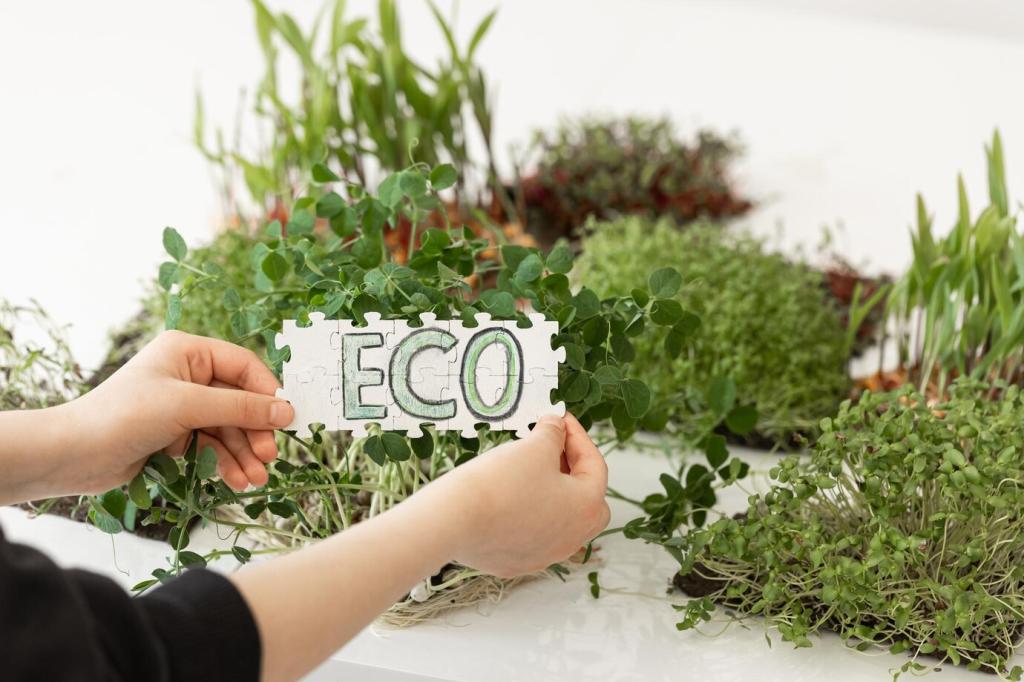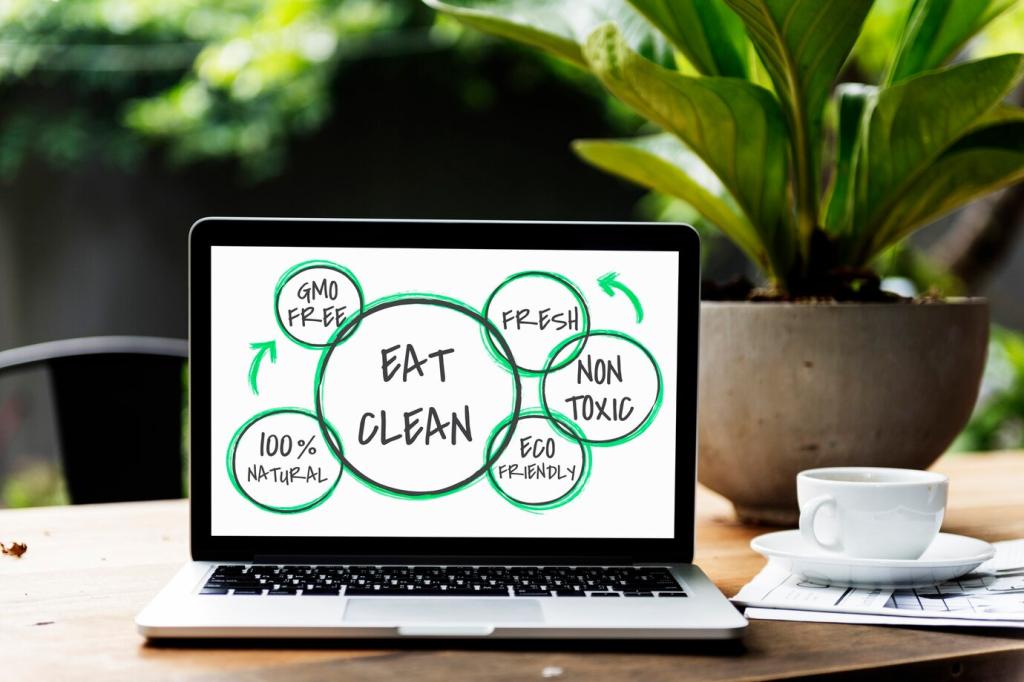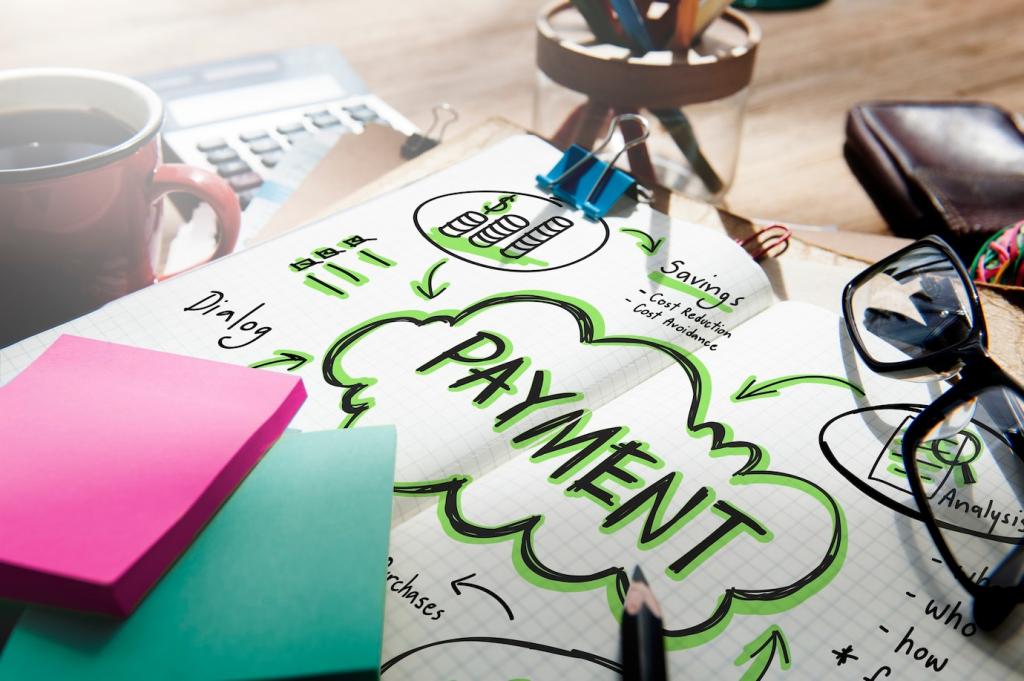Persuasive Techniques for Eco‑Conscious Brands: Turning Values into Action
Chosen theme: Persuasive Techniques for Eco‑Conscious Brands. Welcome to a space where ethical persuasion meets practical creativity, helping your brand inspire real behavior change without greenwashing. Subscribe for weekly insights and share your wins, questions, and experiments with a community that cares.

Behavioral Science Basics for Green Persuasion
Defaults work because most people stick with the path of least resistance. Set carbon‑neutral shipping as the preselected option, or choose plastic‑free packaging as the standard. Offer a clear, respectful opt‑out and explain why the default exists. Invite readers to share their default experiments in the comments.


Behavioral Science Basics for Green Persuasion
Highlight what people like your customers already do, such as neighbors returning refill pouches or teams choosing repair over replacement. Descriptive norms inspire action, while shaming backfires. Collect short testimonials and visible community pledges. Ask followers to post a photo of their latest eco win and tag your brand.

Transparency and Proof That Build Trust
Publish life cycle facts in plain language: grams of plastic avoided per refill, kilometers traveled to your warehouse, and renewable energy share. Use simple charts and downloadable summaries. Ask readers which metrics belong on product labels and how granular they want the data.
Transparency and Proof That Build Trust
Certifications like B Corp, Fairtrade, or FSC add credibility when paired with accessible explanations. Link to verification pages and audits. Avoid drowning people in badges; choose the few that matter. Invite subscribers to vote on the certifications that most influence their decisions.


Designing Ethical Nudges Across the Journey
Gentle Defaults, Easy Exits
Set slower, lower‑carbon shipping as the default and show delivery dates clearly. Offer a simple opt‑out with no guilt language. Explain the impact right beside the toggle. Ask users which defaults they appreciate and which feel intrusive, then iterate transparently.
Choice Architecture With Dignity
Reduce cognitive load by highlighting one “most sustainable” option and explaining why. Avoid dark patterns; never hide alternatives. Provide side‑by‑side impacts using consistent units. Invite readers to test a prototype and submit usability notes that improve clarity and fairness.
Moments of Delight That Reinforce
Celebrate eco choices with subtle animations, a thank‑you note from your team, or a tip for care and repair. Small delights reward the right behavior without manipulation. Ask subscribers to share a tiny delight they remember and why it felt genuine.
Run a Repair Sunday or Plastic‑Free Wednesday series with a simple repeatable action. Provide templates, timers, and community shout‑outs. Rituals lower activation energy and strengthen identity. Invite readers to propose a new ritual that matches their lifestyle and local reality.
Community, Participation, and Social Proof at Scale



Onboarding for Earth‑Positive Habits
Send a welcome series with one tiny action per message: place the refill station, set a reminder, or share a photo. Tiny commitments create momentum. Ask readers to reply with the first action they completed and how long it took.
Timely Reminders, Not Harassment
Base refills and repairs on usage patterns, not arbitrary cadences. Provide snooze options and respectful language. Explain why timing helps reduce waste. Encourage users to customize reminder frequency and report what cadence keeps them engaged.
Celebrate Milestones Publicly
Mark achievements like ten refills, a successful repair, or a month of low‑waste shipping. Offer digital badges or heartfelt thank‑yous. Recognition reinforces identity. Invite subscribers to share milestone photos, and we will feature thoughtful stories in our newsletter.


Measuring What Matters and Learning in Public
Choose one guiding measure tied to your mission, like kilograms of waste averted or percentage of low‑carbon shipments. Align teams and copy around it. Ask readers which North Star they would pick for your category and why.
Measuring What Matters and Learning in Public
Run A/B tests with boundaries: no dark patterns, informed consent where relevant, and transparent data practices. Document hypotheses and success criteria. Invite your community to propose ethical experiments and vote on which to try next.
